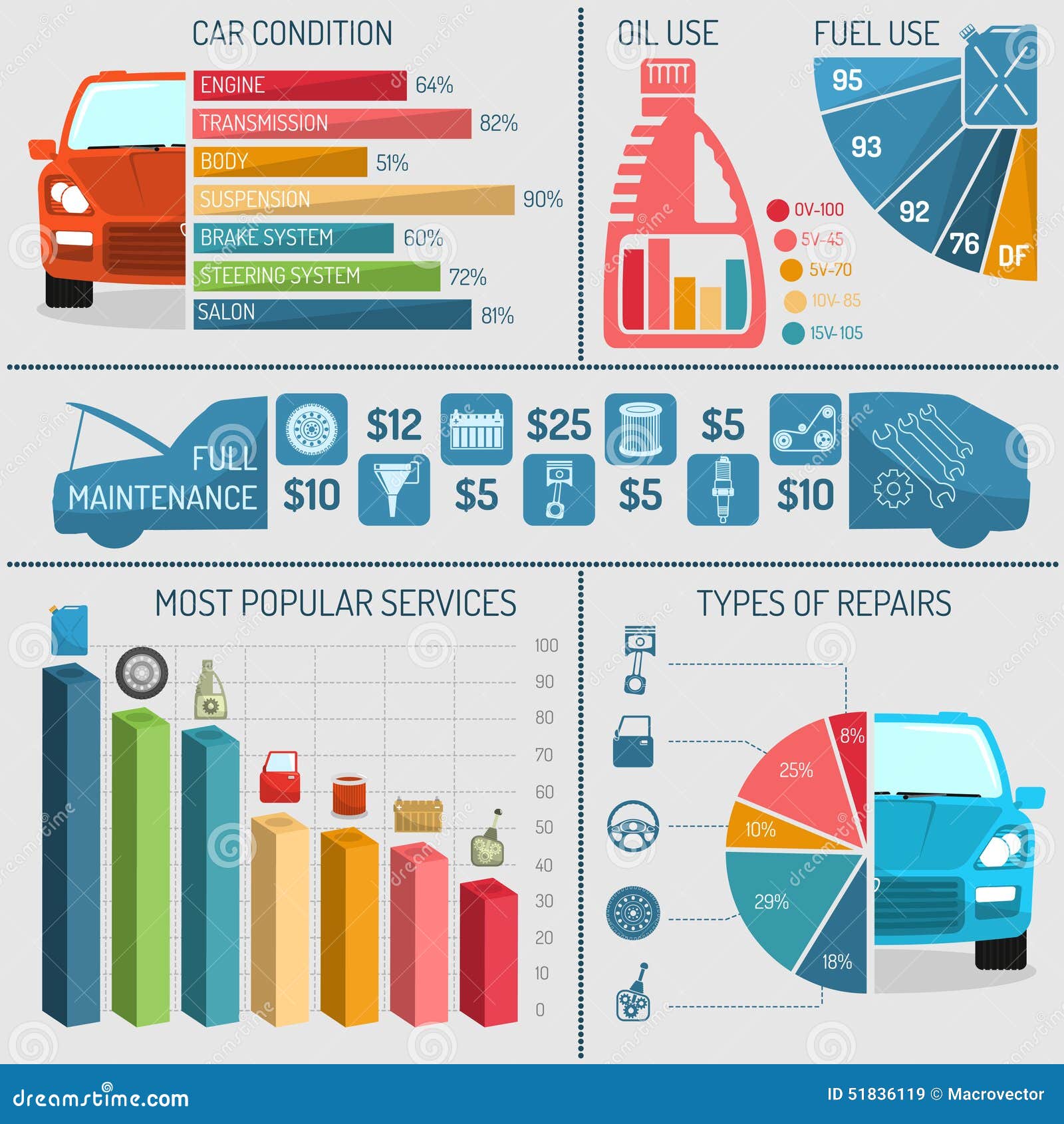Checking Out The Genuine Interpretation Of Your Automobile'S Caution Lights
Checking Out The Genuine Interpretation Of Your Automobile'S Caution Lights
Blog Article
Authored By-Kane Crawford
When you're behind the wheel, those radiant caution lights on your dashboard can be a bit puzzling. Do you know what they're attempting to inform you concerning your automobile's wellness? Comprehending Recommended Online site of these lights is essential for your security and the durability of your car. So, the next time one of those lights appears, wouldn't you intend to analyze its message accurately and take the required actions to address it?
Common Warning Lights and Interpretations
Determine common warning lights in your automobile and recognize their definitions to guarantee secure driving.
One of the most regular warning lights include the check engine light, which signals concerns with the engine or exhausts system. If this light begins, it's important to have your automobile inspected without delay.
The oil stress warning light suggests low oil pressure, requiring prompt focus to prevent engine damages.
A flashing battery light could recommend a damaged charging system, possibly leaving you stranded otherwise addressed.
The tire pressure tracking system (TPMS) light signals you to reduced tire stress, impacting car security and fuel effectiveness. Disregarding affordable car repair can result in hazardous driving problems.
The ABS light suggests an issue with the anti-lock braking system, compromising your capacity to stop promptly in emergencies.
Lastly, the coolant temperature warning light warns of engine overheating, which can lead to serious damage if not solved promptly.
Recognizing these usual caution lights will certainly aid you deal with concerns immediately and preserve safe driving problems.
Relevance of Prompt Interest
Comprehending the common caution lights in your car is only the initial step; the importance of quickly dealing with these warnings can't be emphasized enough to ensure your safety and security when traveling.
When a caution light illuminates on your control panel, it's your car's means of communicating a prospective problem that needs attention. Disregarding these warnings can bring about extra extreme issues later on, jeopardizing your safety and potentially costing you more out of commission.
Prompt attention to warning lights can avoid breakdowns and mishaps. For instance, a blinking check engine light might suggest a misfire that, if left unattended, might trigger damage to the catalytic converter. Resolving this quickly can save you from a pricey repair work.
Similarly, a brake system alerting light could indicate reduced brake fluid or used brake pads, crucial parts for your security when driving.
Do It Yourself Troubleshooting Tips
If you notice a warning light on your dashboard, there are a couple of do it yourself fixing suggestions you can attempt prior to seeking specialist assistance.
The first step is to consult your cars and truck's guidebook to understand what the certain caution light shows. Often the issue can be as straightforward as a loose gas cap activating the check engine light. Tightening up the gas cap may settle the issue.
An additional usual problem is a low battery, which can activate various cautioning lights. Inspecting the battery connections for corrosion and guaranteeing they're safe could repair the problem.
If a caution light lingers, you can attempt resetting it by detaching the car's battery for a couple of minutes and after that reconnecting it. Additionally, checking your automobile's fluid levels, such as oil, coolant, and brake liquid, can aid troubleshoot warning lights associated with these systems.
Conclusion
In conclusion, understanding your automobile's caution lights is crucial for maintaining your vehicle running smoothly and securely. By quickly resolving these alerts and recognizing what they imply, you can stay clear of pricey repair services and possible breakdowns.
Bear in mind to consult your car's manual for particular details on each alerting light and do something about it as necessary to ensure a trouble-free driving experience.
Keep informed, stay safe on the road!
